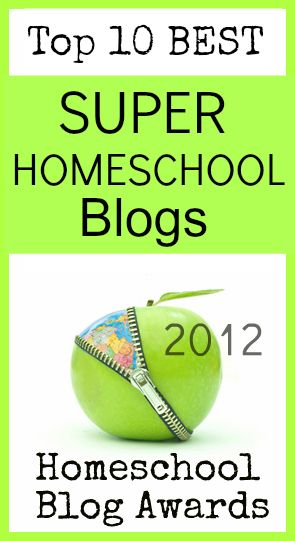Our family has been using Excellence in Literature Handbook for Writers (high school into college) from Everyday Education, LLC this fall and I’d like to share the excellent resource with you. I received the E-Book form.
Janice Campbell edited The Handbook for Writers based on two reference books written by a college professor named Ian Johnston which focused on essays and arguments as well as the elements of usage and style. This handbook was edited to use American spelling and word usage instead of the original Canadian version. It is designed as a reference guide for high school and college level students wanting to improve their writing style.
 The Table of Contents includes
The Table of Contents includes
- Arguments,
- Defining Key Terms ,
- Deduction and Induction ,
- Organizing,
- Paragraph Structure,
- Writing Arguments About Literary Works,
- Outlines,
- Critical Approaches to Shakespeare,
- Phrases, Clauses, Sentences,
- Words,
- Basic Punctuation,
- Pronouns,
- Parallelism or Parallel Structure,
- Modifiers, Gerunds, Infinitives,
- Clarity Logic, and Structure,
- References and Bibliographies, and
- Basic Format for Essays and Research Papers.
Also included is a Keyhole Essay Graphic, The Six Sections of an Approach Paper, Things a Paragraph Can Do, and a Rubric for Writing Evaluation.
One thing that caught my eye to review right away was the Parallelism or Parallel Structure in Section 5.
This is a prime example of how we might have questions when we right but we are not sure of what is the exact correct way to go about it. If you are a reader of my blog, I’m sure you can tell that I shoot from the hip. I offload my heart through my fingers and then hit publish. Typos, Warts, Incomplete Sentences, And all. ha.
Parallelism includes how to handle lists.
“In formal and technical writing, parallelism is particularly important when you are writing a vertical list of items (whether numbered or not). Keep each item in the list the same in form as each of the others. If the items are lengthy, make each one a complete sentence. At the end of each item in a vertical list, follow the appropriate punctuation, as if the list was horizontal. . .” Section 5.5 Excellence in Literature Handbook for Writers
She also teaches when to use capitals in the list. In my list above, I should not have used caps. I should have treated it like a complete sentence. But I like Caps. I LIKE them. Do you know when to use commas, semicolons or periods in a list? She explains the when and why.
My son is in his third year of college and writing more detailed papers. The grades are starting to be weighed heavier on the essay structure balanced with essay content. Fine tuning these tiny points is critical for him.
Ever have that sentence that just doesn’t sound right? I’m pretty sure you’ll find an example of it in the handbook. I want to print it out and have it as a reference book for my desk at school and home. (I’m working at a school.) You can buy a hard copy as well.
Here is an example of one from the book. I’ve seen my friends post things like this on Facebook and ask the online crowd how to fix it. She gives the examples and detailed answers as to why. I love why.
She not only purchased the books but also the pens.
vs
She purchased not only the books but also the pens.
This has to be by far my favorite section of the book. My older son writes in lists in his essays. My husband writes in lists on his hand. My younger son writes in lists on the whiteboard. I may be known to write in lists. Ha.
When you have created a literature rich environment at home, focusing the learning on living books, your ear (eye?) gets a feel for how a sentence should sound. You’ll know when you re-read a phrase that it doesn’t sound quite ‘right’. But who is to say what right is? This handbook should give definite answers with examples and reasoning that makes sense to High School and College students as well as teachers and parents.
I don’t like to gush during reviews – but I have to give an opinionated hard sell on this resource. Buy it. Put it on a handy kindle. Print it and put it on a shelf. Read though it. You too might quit writing lists like this. Now I’m all aware of my choppy little sentences. Ha.
I have had two high school students now and it is easier to spot a great resource after we have looked for or pieced together other writing resources. I don’t like to gush during reviews – but I have to give an opinionated hard sell on this writer’s handbook. I have used it this fall as an excellent reference for language arts, grammar, style usage, punctuation and topic sentence outline. My son has used it for his essay models while writing for college. I am currently teaching 4th-7th grade ELA – English Language Arts along with 10th grade high school English and reviewing my 3rd year college son’s work. I have this handbook downloaded to my Google drive for quick easy reference from any device. I know you will want handy access as well.
Check them out on line:
Pinterest: https://www.pinterest.com/janicecampbell/
FB: https://www.facebook.com/janicepcampbell
FB page: https://www.facebook.com/excellenceinlit/
LinkedIn: https://www.linkedin.com/in/janicepcampbell
Google+: https://plus.google.com/u/0/+JaniceCampbell
Twitter: https://twitter.com/everydayedu
















